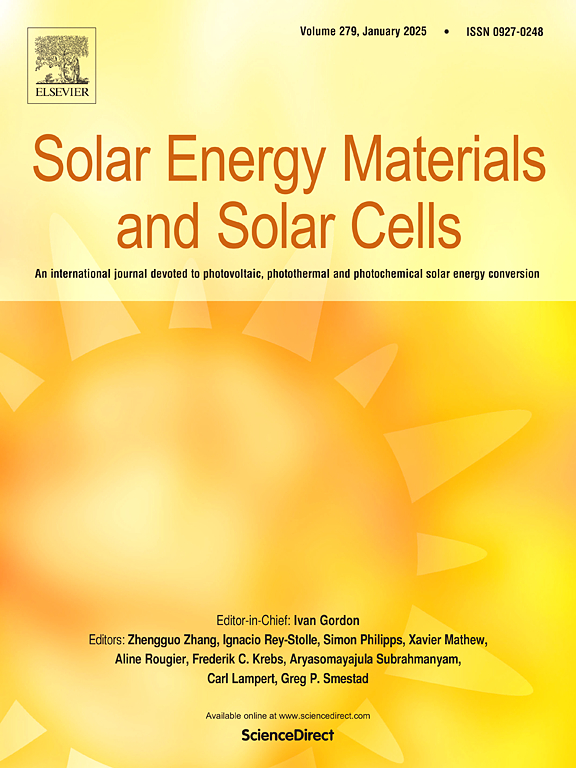Composite phase change materials made from cellulose that possess high energy storage capacity and outstanding photothermal conversion properties
IF 6.3
2区 材料科学
Q2 ENERGY & FUELS
引用次数: 0
Abstract
The shape stable phase-change composite materials (PCMs) are attracting considerable interest because of their excellent thermodynamics efficiency and stability. In this work, we synthesized a series of CDA/PEG and CDA/PEG/GO composite PCMs made from cellulose diacetate (CDA), polyethylene glycol (PEG), and oxygenated graphene (GO) by employing solution blending and ultrasonic dispersion techniques. The latent heat of PCMs is facilitated by PEG, whereas skeletal support and light absorption are provided by CDA and GO, respectively. The experimental results show that after an hour of heating at 80 °C, the combined PCMs present outstanding stability of form and do not leak. At the same time, the PCMs exhibit good thermal stability approach to 300 °C. For CDA/PEG composite phase change materials, with PEG mass fraction reaches 85.7 %, the maximum melting enthalpy and crystallization enthalpy are 145.43 J/g and 139.36 J/g, respectively. For the CDA/PEG/GO composite phase change materials, with PEG mass fraction reaches 85.7 % and GO reaches 3.0 %, achieving photothermal conversion approach to 96.8 %. In conclusion, the CDA/PEG/GO composite PCMs exhibit broad potential for applications in thermal energy storage and solar energy utilization.
求助全文
约1分钟内获得全文
求助全文
来源期刊

Solar Energy Materials and Solar Cells
工程技术-材料科学:综合
CiteScore
12.60
自引率
11.60%
发文量
513
审稿时长
47 days
期刊介绍:
Solar Energy Materials & Solar Cells is intended as a vehicle for the dissemination of research results on materials science and technology related to photovoltaic, photothermal and photoelectrochemical solar energy conversion. Materials science is taken in the broadest possible sense and encompasses physics, chemistry, optics, materials fabrication and analysis for all types of materials.
 求助内容:
求助内容: 应助结果提醒方式:
应助结果提醒方式:


